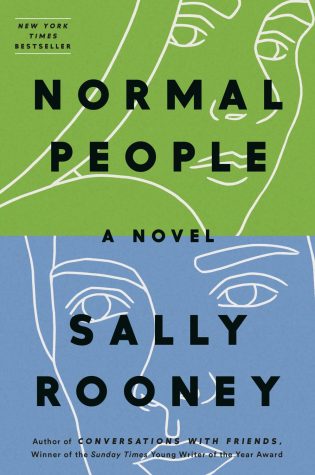Diamonds don’t have to be your only option
August 14, 2014
Advertising has invaded almost every aspect of our lives, but given the sole aim of advertising is to make a profit, it would be wise to seriously question what role it should have in society.
Advertising has had a dramatic influence on shaping modern social norms and behaviors, which have oriented the culture “more and more toward the world of commodities,” according to ‘Image-Based Culture: Advertising and Popular Culture’ by Sut Jhally, professor of communication at the University of Massachusetts.
“Because we live inside the consumer culture,” Jhally wrote, “and most of us have done so for most of our lives, it is sometimes difficult to locate the origins of our most cherished values and assumptions.”
For instance, the phrase “A diamond is forever” seems universal now, but it was developed in 1947 by N.W. Ayers advertising agency as a part of a larger marketing campaign for diamonds.
Ernest Oppenheimer of De Beers hired N.W. Ayers in 1938 to create the illusion that diamonds were scarce and associate them with romantic love. Diamonds were glamorized through practices such as product placement in movies and creating a new color, diamond blue, for advertisements.
As a result, U.S. diamond sales increased by 55 percent from 1938 to 1941 and profits increased from $23 million in 1939 to $2.1 billion in 1971, according to an article published in The Atlantic titled ‘The Marketing of Diamonds’ by Edward Jay Epstein, investigative journalist and former political science professor.
Most of the profits derived from diamonds went to the Oppenheimer family, which is still one of the richest families in Africa, according to The Economist.
But advertising rarely shows the full story and the process of production is hardly ever discussed. Young children are exploited at every step of the process, whether mining in Africa or cutting diamonds in India.
Despite the abundance of diamonds, De Beers managed to make these vast profits by forming a cartel to stockpile the supply of diamonds and fix prices. Foreign suppliers entering the market, leading to more inventive marketing tactics, have gradually overtaken that monopoly.
De Beers used the same advertising campaign it used in the U.S. to market diamonds in Japan in 1967, when there was no tradition of engagement rings.
By 1981, 60 percent of all Japanese brides received a diamond engagement ring, dramatically changing the standing 1,500-year tradition of marriage and making Japan the second largest market for diamonds, according to ‘The Marketing of Diamonds.’ Epstein estimates in 1959 a little less than 5 percent of all Japanese brides received diamond engagement rings.
Buying an engagement ring has become a ubiquitous social practice, but this is an example of irrational consumption since a diamond only has a sentimental value that was manufactured by an ad agency less than a century ago.
A young, married couple would be better off saving the money that would otherwise be spent on a diamond to help establish a new home for themselves.
Once one marketing scheme has been successful, it’s the job of advertisers to create a need where there wasn’t one before. Since the engagement ring has become so common, the diamond market was expanded to 10-year and 25-year anniversary rings.
That is not to say we should abandon all rituals and traditions, but we should definitely question the ones that are a result of marketing forces and closely examine what impact they’re having on the world around us.















